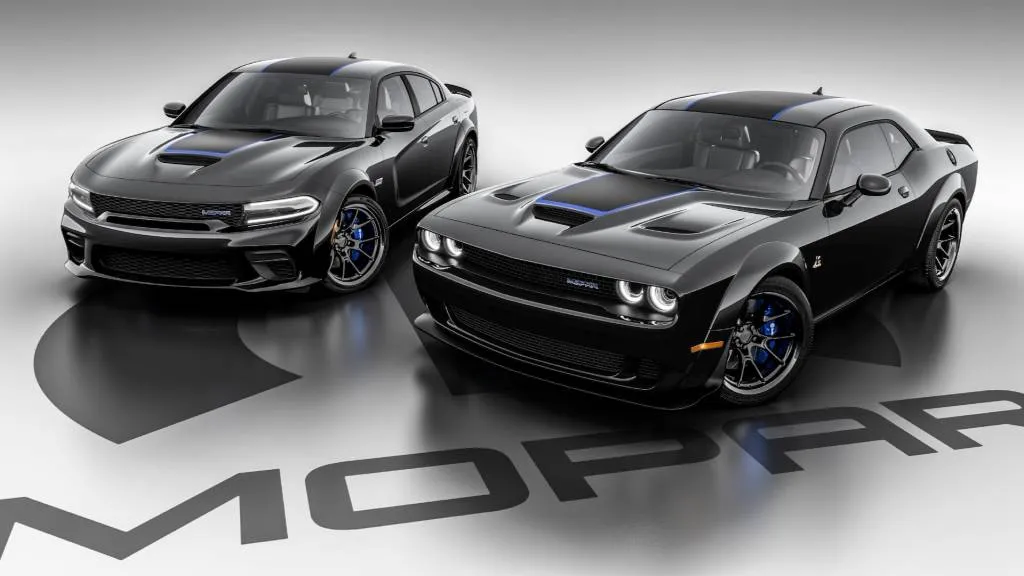The final Dodge Challenger has rolled off the assembly line at Stellantis' plant in Brampton, Canada, marking the end of the long-lived V-8 muscle car and its LX platform.
Completed on Dec. 22, the final car was a Dodge Challenger SRT Demon 170 in Pitch Black, a Dodge spokesperson confirmed to Motor Authority. The automaker wouldn't share the fate of this final car, so it's unclear if it is a customer car or will be kept by Stellantis for posterity.
The Demon 170 was the final model in a series of "Last Call" special editions built to celebrate the end of the current Challenger and Charger. With a 6.2-liter supercharged V-8 generating 1,025 hp and 945 lb-ft of torque on E85 fuel (and 900 hp and 810 lb-ft on E10 premium gasoline), it's hard to imagine a better sendoff.
Dodge has said the Demon 170 will do 0-60 mph in 1.66 seconds and pull 2.0 g off the line on a prepped surface with rollout. The automaker also claims an NHRA-certified quarter-mile time of 8.91 seconds at 151.17 mph. That made the Demon 170 the fastest accelerating and quickest production car money could buy. Pricing was set at $100,361.

2023 Dodge Challenger SRT Demon 170
Dodge confirmed to Motor Authority that it did end up building the full 3,300 Demon 170s it aimed to. The Brampton plant was scheduled to stop building LX-platform cars at the end of the year regardless of how many Demon 170s were actually built, so there was a chance the production number could have been lower. Dodge began taking final orders for gasoline-powered Challengers and Chargers in July.
With the final Chrysler 300C performance sedan also having rolled out of the same plant earlier this month (and Dodge Charger production having also wrapped up), production of LX-platform cars has officially ended after nearly two decades.

2023 Dodge Challenger and 2023 Dodge Charger Mopar '23 editions
The LX platform brought rear-wheel-drive, V-8 performance cars back to what was then DaimlerChrysler in the early 2000s. It was first used in the 300 and the Dodge Magnum wagon, with the Charger and Challenger coming later. While the Magnum had a short life, the 300, Charger, and Challenger survived mostly unchanged long after other cars would have been redesigned or discontinued. Ford example, the rival Ford Mustang has been redesigned twice in the time the current Challenger has been on sale.
While the gasoline Challenger and Charger are dead, Dodge hasn't confirmed the end of these nameplates. Any future successors will likely be EVs, though. Dodge already plans to launch an electric muscle car in the coming year, previewed by the Charger Daytona SRT concept.